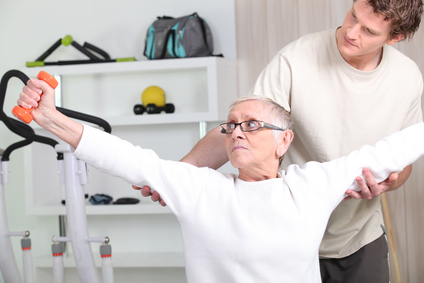Patient Activation Network Interview with Alene Brennan
Matt Cavallo, MPH, patient advocate, author and speaker, interviews Alene Brennan, a Nutrition Coach, Yoga Instructor, Personal Trainer and Natural Food Chef. Alene overcame debilitating migraine headaches through diet and lifestyle and is now once again using a “Less Pharm, More Table” approach is managing her diagnosis of Multiple Sclerosis.
Since receiving her MS diagnosis and seeing first-hand the power of using diet and lifestyle to create a healing environment in the body, she dedicated her virtual nutrition coaching practice to helping people with MS and autoimmune take back control of their health. She connects with clients around the world via phone and video chat to help them transition to a healing diet and lifestyle and manage the symptoms of chronic illness.
Listen to the podcast from Patient Activation Network:
Our health is truly the only thing that connects us. Whatever your age, gender or background, health is the great equalizer. The Patient Activation Network was created by patients for patients to accomplish real change in healthcare. Visit patientactivationnetwork.com for more podcasts.
Matt Cavallo, MPH is a patient experience speaker, author, and podcaster who motivates audiences worldwide with his personal patient experience and genuine storytelling style. At age twenty-eight, Matt was diagnosed with Multiple Sclerosis. Seemingly overnight he went from a fully-functioning, healthy man to someone who was numb from the waist down and unable to walk. As a result of his diagnosis, Matt has dedicated his life to improving the patient experience. Matt is the founder of PatientActivation Network.

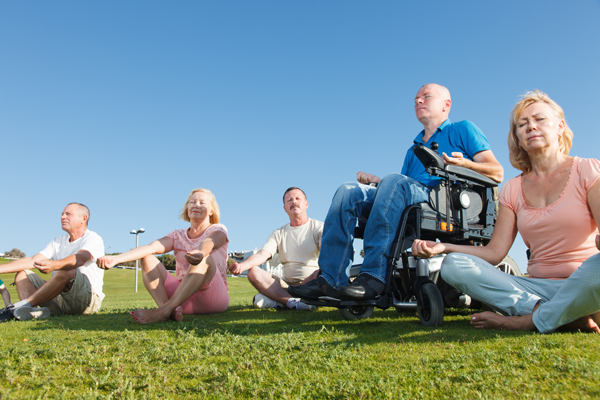
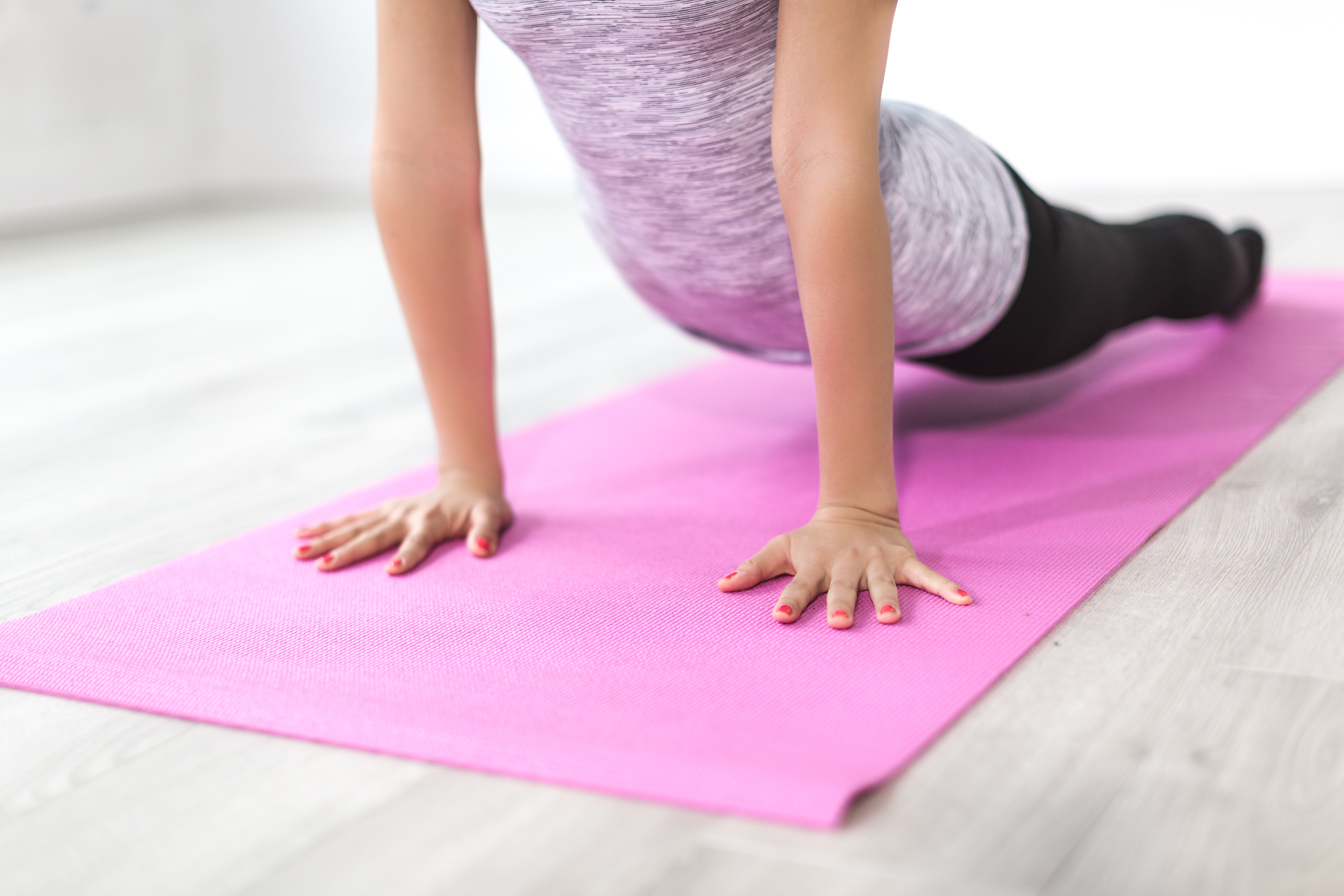
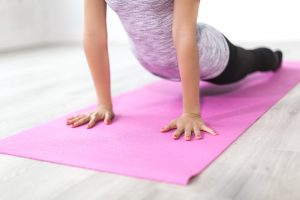
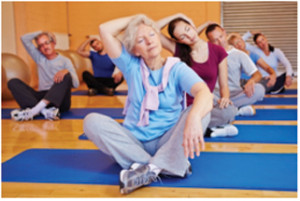 In addition to that, gentle and restorative of yoga can help to slow you down mentally. As a result, it would be easier for you to prevent eating caused by emotions.
In addition to that, gentle and restorative of yoga can help to slow you down mentally. As a result, it would be easier for you to prevent eating caused by emotions.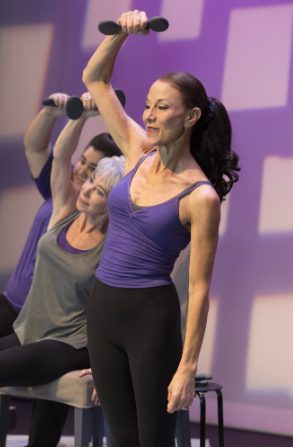
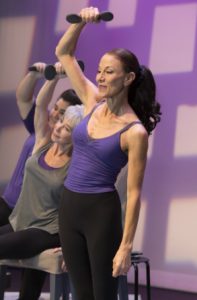 Many years ago in what feels like a land far, far away, my dance career was interrupted by a foot injury which slowed me down but it didn’t stop me. I was determined to stay active. So began the creation of, Chair Dancing®. This was over 25 years ago when the term didn’t quite bring to mind what you’re probably thinking about now which leads us to our updated name, Chair Dancing® Fitness and I’m still in business.
Many years ago in what feels like a land far, far away, my dance career was interrupted by a foot injury which slowed me down but it didn’t stop me. I was determined to stay active. So began the creation of, Chair Dancing®. This was over 25 years ago when the term didn’t quite bring to mind what you’re probably thinking about now which leads us to our updated name, Chair Dancing® Fitness and I’m still in business.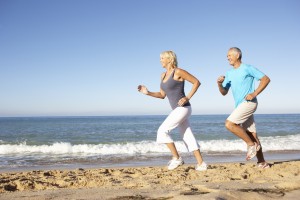
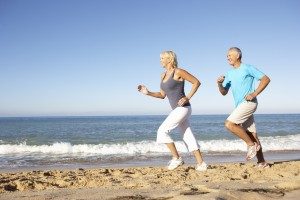 In this article, we will discuss some simple tips on how you can run safely with diabetes. There is no reason for you to quit running just because you have the condition. In fact, being able to
In this article, we will discuss some simple tips on how you can run safely with diabetes. There is no reason for you to quit running just because you have the condition. In fact, being able to 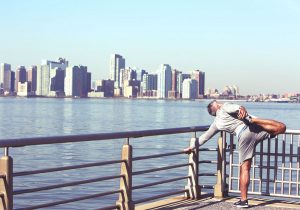
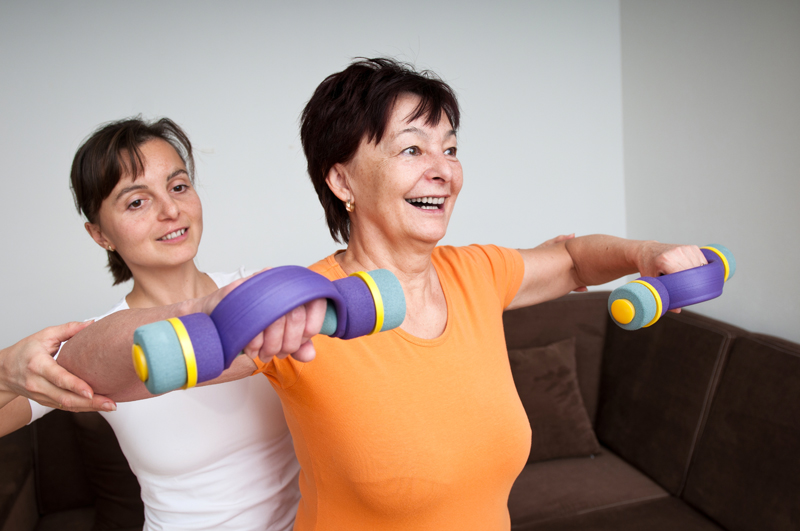
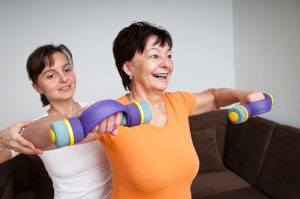 What exactly causes Multiple Sclerosis is not known but there are symptoms to look out for. The symptoms are fatigue, walking difficulties, vision problems, spasticity or stiffness, weakness, bladder problems, depression, dizziness or vertigo, emotional changes, cognitive changes, pain, headaches, tremors and breathing problems. Exercise prescriptions need to be planned according to the symptoms that are being presented. Each time you work with your trainer talk to them about how you feel that day. This will help to ensure that you don’t overdo a workout.
What exactly causes Multiple Sclerosis is not known but there are symptoms to look out for. The symptoms are fatigue, walking difficulties, vision problems, spasticity or stiffness, weakness, bladder problems, depression, dizziness or vertigo, emotional changes, cognitive changes, pain, headaches, tremors and breathing problems. Exercise prescriptions need to be planned according to the symptoms that are being presented. Each time you work with your trainer talk to them about how you feel that day. This will help to ensure that you don’t overdo a workout.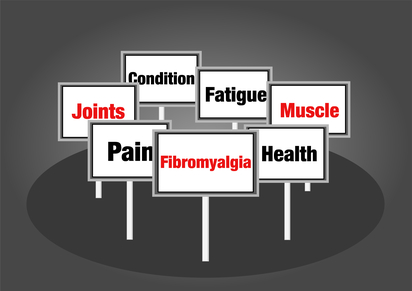
 If this sounds familiar, you’re not alone. Hundreds of millions of people live with chronic pain. In the United States alone, tens of millions of individuals suffer from
If this sounds familiar, you’re not alone. Hundreds of millions of people live with chronic pain. In the United States alone, tens of millions of individuals suffer from 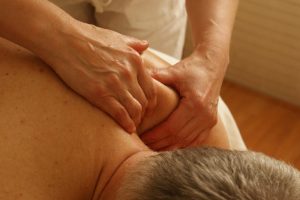 y are these techniques so powerful? The answer might have something to do with cortisol, the stress hormone. Many doctors now screen chronic pain patients for cortisol levels. Cortisol levels can be naturally reduced through lowering environmental stress factors. Activities such as yoga, meditation and massage also help by stimulating a calming neurotransmitter in the brain.
y are these techniques so powerful? The answer might have something to do with cortisol, the stress hormone. Many doctors now screen chronic pain patients for cortisol levels. Cortisol levels can be naturally reduced through lowering environmental stress factors. Activities such as yoga, meditation and massage also help by stimulating a calming neurotransmitter in the brain.

 If You Are Making Excuses, You Are Not Sold Out On Reaching Your Goals! Don’t Be A Quitter!
If You Are Making Excuses, You Are Not Sold Out On Reaching Your Goals! Don’t Be A Quitter! Recruit others to share the vision, advise, hold accountable, support and mentor you.
Recruit others to share the vision, advise, hold accountable, support and mentor you.